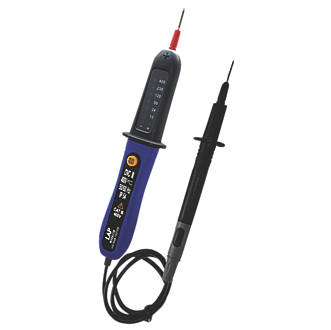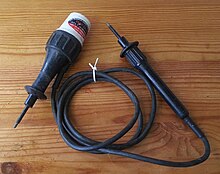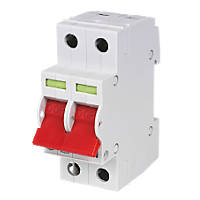As
@bernardgreen says, we have a number of systems T stands for terrestrial or earth so TN the earth is bonded to Neutral, this is expanded with TN-S where earth run Separate to Neutral and TN-C where Earth and Neutral are combined (not permitted in domestic) and TN-C-S where it is combined for part of the run then separated again. Then we have TT where the Neutral is grounded at the transformer and we get the earth from the ground at the premises, this limits current flow so we need RCD protection in the main. There is also IT where we are isolated from earth, an example is output from a shaver socket.
There is a difference between earthing and bonding, with earthing we do connect to mother earth, but with bonding we just ensure all at same voltage what ever the voltage is, so finding a reference point can be a problem, I have only once worked on a large IT system, it was a Robin tunnel boring machine, and we had 220 volt phase to phase and no earth, invariable one phase would connect to earth, so any low current tester would give varying results, every one had a neon screwdriver and we tested any metal before touching it, it was rather dangerous.
But other than shaver sockets IT is rare, so in the main we can measure the voltage between a large body which will tend to be earthed and a wire, so a tester like this
will often show a voltage with one terminal held in ones hand, but don't try it with one of these
and you will get a nasty shock. I would prefer to use something designed for using the body as an earth, i.e. neon screwdriver as we really don't know if there is some thing in a two wire detector which could fail and give lethal shock. But the neon screwdriver is a two wire tester, unless you touch the top it will not show voltage this is why people say they are dangerous as we can't rely on the second connection. However used correctly they will show if what your about to touch as a significant different voltage to your body, and are very good at detecting borrowed neutrals.
Commercially we need to prove dead, and we should also do that in the home, but although I have found an isolator bridged across, in the main turn off the isolator
and there is no power, the MCB
does not isolate it only switched the line.






